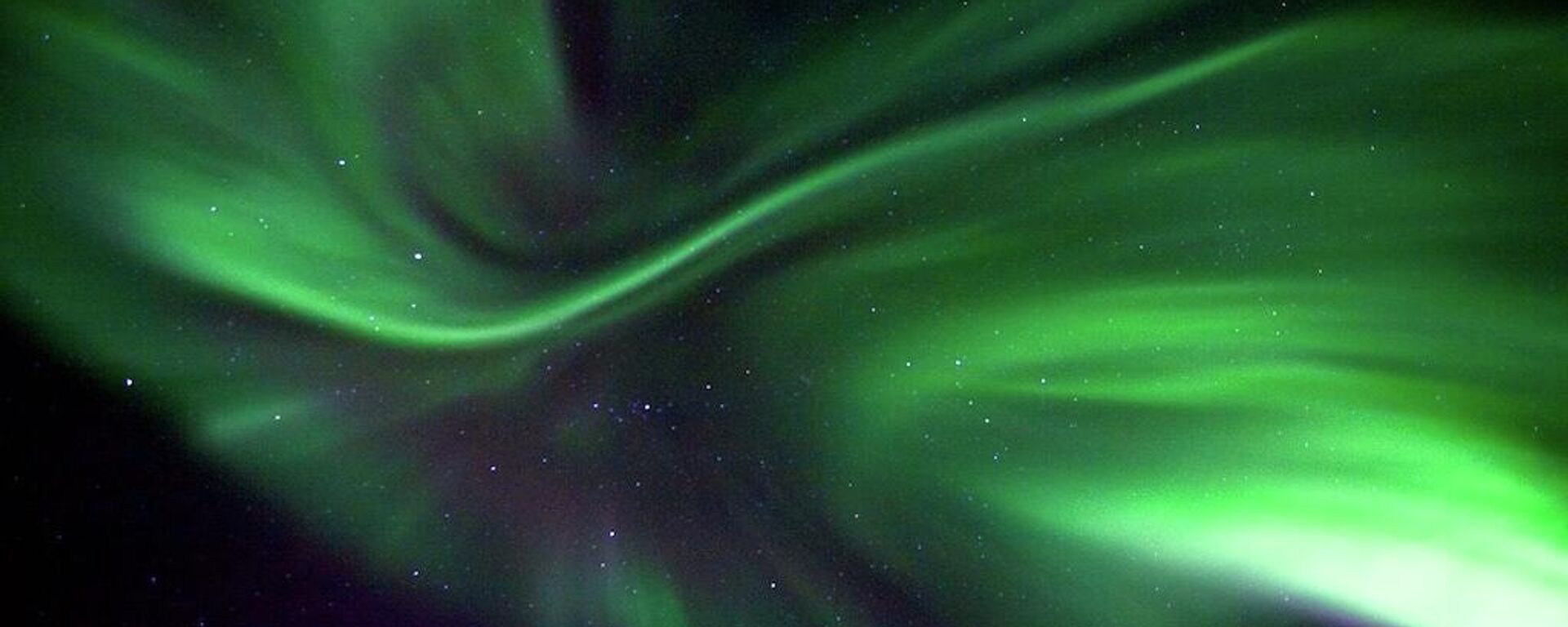https://sputnikglobe.com/20230312/video-astronomer-captures-flash-after-meteorite-crashes-into-moon-1108309154.html
Video: Astronomer Captures Flash After Meteorite Crashes Into Moon
Video: Astronomer Captures Flash After Meteorite Crashes Into Moon
Sputnik International
Japanese astronomer, Daichi Fujii, curator of the Hiratsuka City Museum, captured the fall of a meteorite on the surface of the moon, which caused a short flash on the Earth's satellite
2023-03-12T11:04+0000
2023-03-12T11:04+0000
2023-03-12T11:04+0000
viral
scientists
moon
meteor
https://cdn1.img.sputnikglobe.com/img/07e6/0b/08/1103901788_0:77:1481:910_1920x0_80_0_0_d772c446250a5c20c442fec49af8ffa4.jpg
Japanese astronomer Daichi Fujii, curator of the Hiratsuka City Museum, captured the fall of a meteorite on the surface of the moon, which caused a short flash on the Earth's satellite.The time of the flash was recorded at 20:14:30.8 Japan Standard Time (11:14:30.8 GMT) on 23 February. The meteorite apparently fell near Ideler L crater, slightly north-west of Pitiscus Crater, Fujii said.According to the astronomer, the newly formed crater could be around 12 meters in diameter and its formation could be confirmed by NASA's Lunar Reconnaissance Orbiter or India's Chandrayaan 2 lunar probe.Meteorites fly at an average speed of about 48,000 kilometers per hour - 13.4 kilometers per second. Their high-speed impact generates intense heat, creates craters and emits a bright flash of visible light. Collisions with the moon can be seen from Earth if the meteor was large enough and occurred in an area that was facing Earth during the lunar night.
https://sputnikglobe.com/20230217/astronomers-discover-jaw-dropping-auroras-on-jupiters-four-major-moons-1107524792.html
Sputnik International
feedback@sputniknews.com
+74956456601
MIA „Rosiya Segodnya“
2023
Sputnik International
feedback@sputniknews.com
+74956456601
MIA „Rosiya Segodnya“
News
en_EN
Sputnik International
feedback@sputniknews.com
+74956456601
MIA „Rosiya Segodnya“
Sputnik International
feedback@sputniknews.com
+74956456601
MIA „Rosiya Segodnya“
japanese astronomer, captured the fall of a meteorite
japanese astronomer, captured the fall of a meteorite
Video: Astronomer Captures Flash After Meteorite Crashes Into Moon
Meteorites head towards Earth every day, the vast majority of them burn up completely while entering the atmosphere. However, the moon has only a very thin exosphere, which means that meteors collide with the lunar surface much more often.
Japanese astronomer Daichi Fujii, curator of the Hiratsuka City Museum, captured the fall of a meteorite on the surface of the moon, which caused a short flash on the Earth's satellite.
The time of the flash was recorded at 20:14:30.8 Japan Standard Time (11:14:30.8 GMT) on 23 February. The meteorite apparently fell near Ideler L crater, slightly north-west of Pitiscus Crater, Fujii said.
According to the astronomer, the newly formed crater could be around 12 meters in diameter and its formation could be confirmed by NASA's Lunar Reconnaissance Orbiter or India's Chandrayaan 2 lunar probe.

17 February 2023, 02:53 GMT
Meteorites fly at an average speed of about 48,000 kilometers per hour - 13.4 kilometers per second. Their high-speed impact generates intense heat, creates craters and emits a bright flash of visible light. Collisions with the moon can be seen from Earth if the meteor was large enough and occurred in an area that was facing Earth during the lunar night.




